I’ve spent most of my life on the edges of farm country. As a kid, in South Dakota, I knew the cadence of farm-speak, cribbed from the little 4H and FFA members who ruled the elementary school show-and-tell presentations, overheard from surrounding tables at Bob’s Diner in downtown Sturgis or the neighboring pews at Saturday Mass. I had playdates and sleepovers in ranch houses, some deteriorating, with peeling wallpaper and ramshackle, cozy kitchens. Some clean as a pin, with thriftily sewn curtains and doilies under all the lamps. Sometimes I stayed at rusting trailer houses, still decorated in 1976 fashions, cramped and nicotine-stained; but I loved all these places for one reason—that front door, that front window, which opened to a vision of wide-open sky and grasses that seemed to stretch the whole measure of the world. I envied that view, and the ease with which my friends displayed their barns, their fields, and especially their horses. They spoke with their parents’ language, charming ropes into knots and lassoes that swirled in the air, opening and shutting gates behind us as they explained what was being planted, what would be harvested. Oh, to have a pair of cowboy boots and know such things!
But I never was one of them. I rode horses at summer camp, went to a couple rodeos, finally bought those cowboy boots. But I was a tourist, really. Without that land—the kind of land that breeds family mythologies—and without that born facility, the language, the know-how gleaned through generations, all I could do was watch them and marvel.
Now I live in farm country again. And it’s strange to place those childhood infatuations into their context—recalling that peeling wallpaper and the rusting trailers and recognizing the desperate poverty in which some of those kids were being raised. Remembering the one beautiful little boy in my second grade class, with chestnut hair and blue eyes, whose father went out to the barn one night with a shotgun and didn’t come back. How, when that boy returned to class a week later, I couldn’t meet his blue eyes, couldn’t ever think of what to say.
If you don’t live in the country, you can almost forget that farmers and ranchers exist. Like Native Americans, they occupy a place in the American attention span reserved for relics of the past, people who had been important once, in some previous generation, but whose worth now is mined primarily for its evocative effect in advertising. The notion that real people, with real lives, are still responsible for providing the food you eat and the clothes you wear—well, that hardly enters the mind.
And yet, when you get a few miles outside of the City, drive a few miles off the interstate, look out beyond the edges of the suburban housing developments, here they are. Still here. And the complete lack of attention paid to their lives isn’t doing them any favors.
Forty percent of the land in America is agricultural, but it’s managed by a dwindling, aging population of farmers. The average farmer is now over 58 years old, and with farm incomes in a frightening slump the past four years and startup costs higher than ever, it’s difficult to attract more people to the profession.
If you don’t remember the Farm Crisis of the 80’s, then at least you might remember the plot of the movie Field of Dreams, or Willie Nelson and FARM AID. What farmers are facing right now is painfully similar. Between the 40s and the 70s, New Deal farm programs managed the supply and prices of our national crops, encouraging farmers to plant less to raise prices when they dropped too low, storing reserves of grain to release in drought years to keep prices from rising too high. These programs kept farm incomes stable. But Earl Butz, the Secretary of Agriculture under Presidents Nixon and Ford, deconstructed many of those New Deal programs, including the one that paid farmers to leave some land fallow. He pushed farmers to grow as much as they possibly could, to buy as much land as they could and plant their crops “fence row to fence row.” The surplus, then, could be sold to other countries. And, in 1972, the USSR did buy the entire surplus of American grain. Drought in the mid-70s kept prices high, the overall strong economy kept up demand and lowered interest rates, and so farmers bought into Butz’s philosophy of “Getting Big,” investing heavily in more land, more machinery, and planting massive surpluses of their crops. In the process, they all took on massive levels of debt.
Then came the crisis. In 1980, Jimmy Carter responded to the USSR’s invasion of Afghanistan by placing an embargo on grain exports to the Soviet Union. Farmers, who were still growing as much as they could get in the ground, saw the prices for those grains fall drastically. Meanwhile, the economy slowed and interest rates on all the debt they’d accumulated spiked. High oil prices and the strong U.S. Dollar made it more expensive to plant a crop and then cumulative years of drought hit in succession. The farms that survived the 1980s were often the largest, those who could afford to buy up the foreclosed land around them and get by on the marginal profits of those depressed years. Consolidation was the trend. The small farmers who managed to hold onto their farms were financially and emotionally shattered.
Unfortunately, while farm incomes did rebound in the late 80s, the Earl Butz philosophy of agriculture—Get Big—had taken hold. The larger, consolidated farms that had weathered the crisis were in an even better position to profit once conditions improved. Advances in technology meant that greater amounts of land could be managed with fewer people, and the increases in efficiency brought by each technological boost meant that those farmers without the money to consistently update their machinery could be left behind. The cycle of greater and greater debt continued.
The seeds of the next farm crisis were planted with good intentions. In 2005, in an effort to forestall Climate Change, the EPA imposed the first “renewable fuel standard.” The effect, as Ted Genoways explained in an excellent September 2017 Harper’s article on the topic was as follows:
In an effort to reduce carbon emissions and improve air quality, the EPA imposed the first renewable fuel standard in 2005, requiring the production of at least 7.5 billion gallons of renewable fuels within seven years. The goal was to kick-start the biofuel industry, but the incentive, when combined with a steep increase in gas prices due to the Iraq War, instead triggered runaway demand for ethanol. The number of ethanol plants nearly doubled overnight. At first, that seemed like a good thing. It created a domestic fuel source, and the higher prices profited American farmers and the American companies that supported them.
Soon, however, so much corn was being diverted to ethanol production that it created a scare on the global commodities markets. Foreign countries dependent on American grain worried that their own meat producers wouldn’t be able to afford to feed their livestock, sparking a commodities run. As the price of corn reached unimaginable heights— $6 and $7 per bushel— demand increased for soybeans as a feed alternative. Soon those prices had doubled, too. Then the shortage brought on by the drought of 2012 sent the price of commodities to record levels, with corn reaching as much as $8 per bushel and soybeans topping $17.
Additionally, in 2010, Congress spurred farmers to take on greater debt, allowing them to deduct the full cost of newly purchased machinery from their yearly profits.
So, like in the 70s, farmers were producing surpluses every year, planting even on the most marginal ground they owned, buying up as much land as the bank would loan them money to purchase, and investing heavily in machinery they couldn’t afford, all on the assumption that prices would remain high.
But 2013 brought a relief to the drought. Gas production surged around the world and, with lower oil prices, demand for ethanol dropped precipitously. The Chinese economy, whose massive demand for grain had gobbled up the bulk of our exports, began to slow down. And, practically overnight, prices plummeted.
Farm incomes declined 27% between 2013 and 2014. Then they declined another 36% in 2015. Now, in 2018, incomes are predicted to fall for a fifth consecutive year, to a level 52% below those 2013 records. Meanwhile, the costs of production have continued to rise. For small and mid-level farms, who operate on razor-thin margins, those numbers are shattering.
There are differences between the current crisis and that of the 1980s. Most importantly, interest rates have stayed low and banks are reluctant to call in farmers’ debt. Everyone seems to be hopeful that they can ride out this excruciating period and survive to sell at higher prices in the future.
And the reason why many farmers can afford to hang on through these lean years? The unfortunate fact that is often left out of those farm income numbers is that, for most farms, the bulk of the income doesn’t come from farming. Since 1996, the majority of farms in America have lost money every year. While the median projected income for farm households in 2018 is $78,886, the on-farm median income is projected to be -$1,316. So, in order to survive and keep the farm, at least one member of the family will need to hold down a good-paying job elsewhere. That in-town job, the second shift for many farm owners, is the only thing keeping these families afloat, offsetting the losses of a career path that increasingly feels like an expensive and heartbreaking hobby.
That heartbreak takes a toll. When you’ve inherited a farm that has managed to weather one crisis after another, often back four or five generations in the same family, the thought that you might be the one to lose it is excruciating. The day-to-day stress of managing the land and animals, the unpredictability of weather and the economy, and the overwhelming burden of debt, is enough to drive a person underwater. And it does. Farmers have the highest suicide rate of any occupation in America. And that rate, while high, is old data, from the boom year of 2012. It has only risen since. When Agri-Mark, a Dairy Farming Cooperative in New England, sent out its monthly checks to its members this March, it included “a chart showing the dismal 2018 milk prices forecast, and a list of suicide prevention hotlines.”
While the need is greater than ever, rural mental health programs are practically non-existent and desperately underfunded. And the opioid crisis, which has hit rural communities hard, has been even more disastrous for farmers, who are more likely to face job-related injuries and pain. Almost 75% of farmers and farm workers have reported being personally affected by opioid addiction, either their own or that of someone they know. This crisis is more deadly for its silence, as rural people are less likely to seek help in general, fearing their problems will become known to their neighbors if they are seen at the local hospital, therapist’s office, or rehabilitation center.
When farmers hurt, then rural towns hurt. Lower incomes for farmers mean lower incomes for the local grocery stores, restaurants, movie theaters and hardware stores. In a small town, the fate of one person can drastically affect the fate of everyone else. And the feeling of desperation, when it’s taken hold, can permeate an entire region, de-populating towns, driving out businesses, and leaving the remaining communities vulnerable to economic colonization from any large corporate interest willing to dangle the prospect of a few jobs.
It’s a bleak portrait. I can’t understate the dire straits facing rural towns. But I also don’t want to overstate them. What is often missing from modern characterizations of rural America is a reminder of the incredible resilience of small communities, the strong local support systems and the ingenuity of people who know how to make do with what little they have. I want to make clear the problems facing rural, agricultural America because those problems are in desperate need of attention, and very little attention has been paid so far. But these towns aren’t ruins. They aren’t yet ghost towns.
After the 2016 election, it seemed like every journalist had to make one jaunt to the center of the country and report back the dismal conditions to the rest of the world. Mostly, the “Trump” areas were declared moribund, irrelevant and dying. But agriculture isn’t dead. Everyone is still eating food, wearing cotton, driving cars. That 60% of non-agricultural U.S land is as dependent as ever on this 40% for practically everything that keeps it going. All that’s needed is for the “larger” world to take an interest. If you want your food produced in a healthier, more sustainable way, that’s great. So do most farmers. Want more ethical meat production? More native grasslands? More locally-produced clothing? So do farmers. But as long as Ag policy is considered “boring” by the bulk of the world, those who control it are free to operate at the expense of everyone. The agricultural system, as it currently exists, is literally killing the population of people who work in it. And neither political party can get worked up to do anything about it. So, please, spend a little time reading about farm issues. Think about who’s getting your dollars at the grocery store. And remember, that 40% of American land that supports every part of your life isn’t very far away—probably just a few miles in fact. Take a drive and get to know a farmer.
Photos by Jim Stiles
Next time: The Loss of the Family Farm, Agricultural Consolidation and Rural Colonization…
Tonya Stiles is Co-Publisher of the Canyon Country Zephyr.
To comment, scroll to the bottom of the page.
Don’t forget the Zephyr ads! All links are hot!


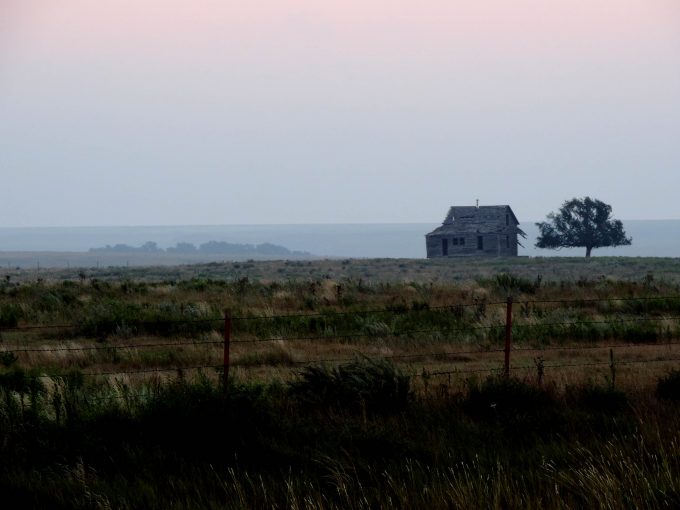
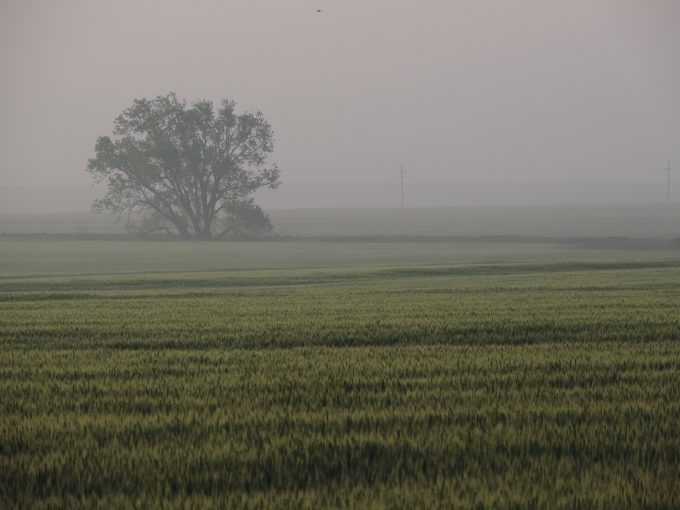
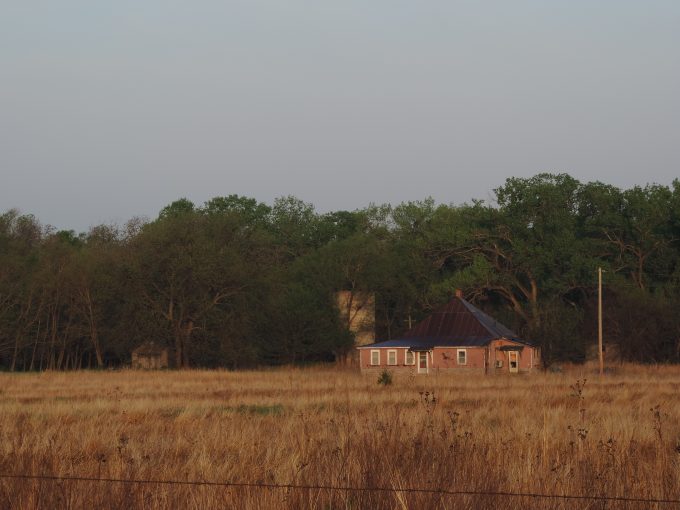
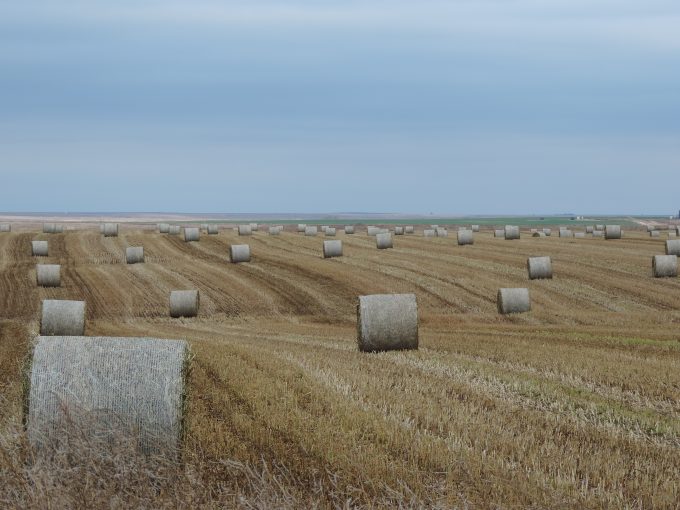
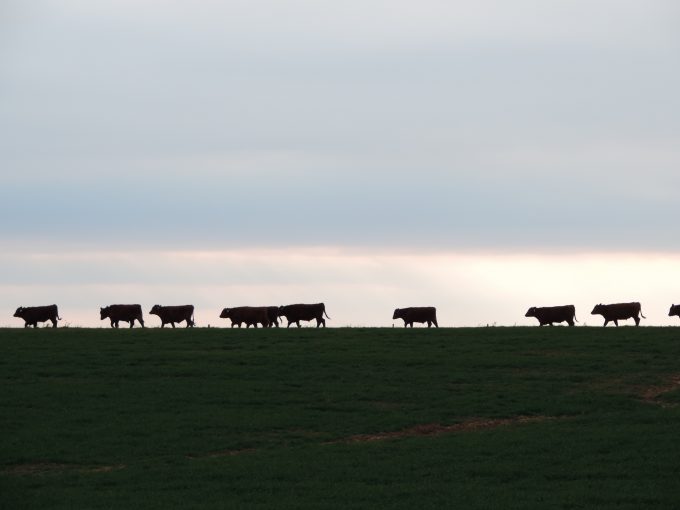
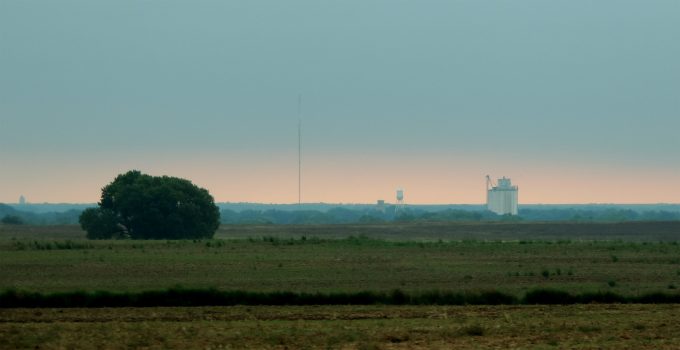


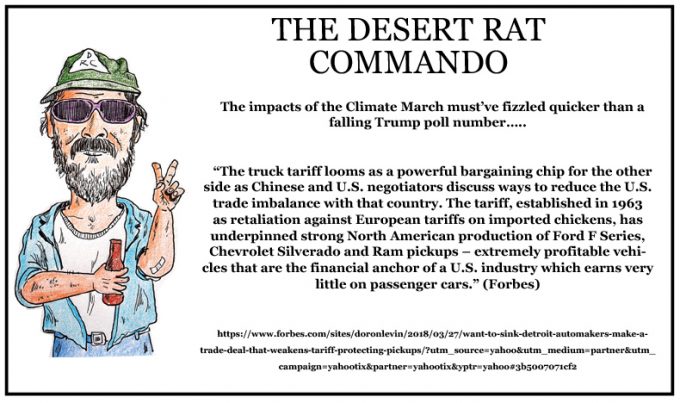

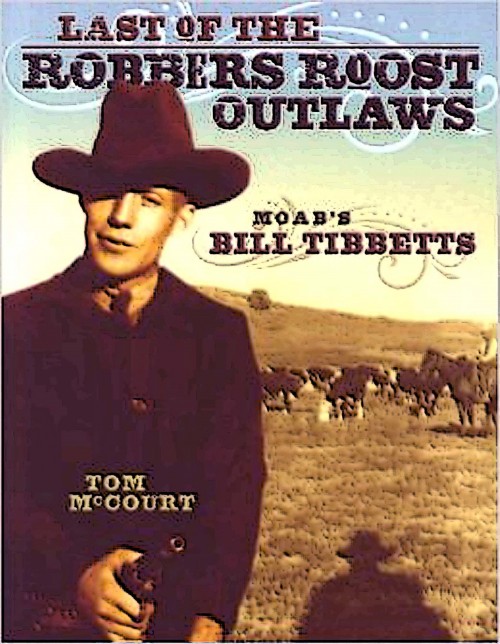




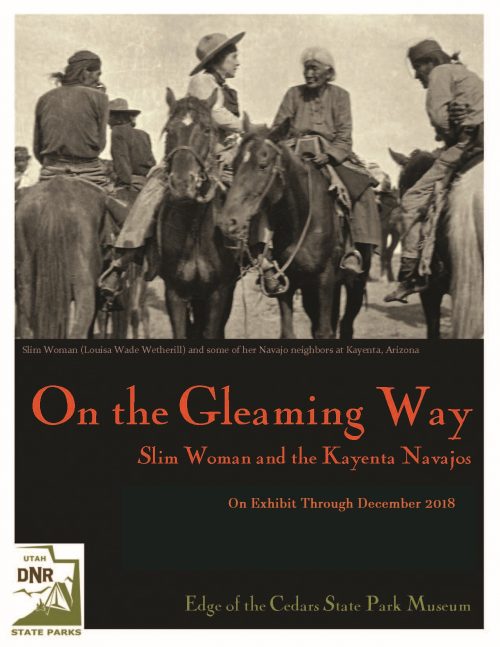
Everyone in America should read this well written article. It is the truth well told and thanks for telling it in your usual inimitable style.
This was a bitter sweet trip back in time, as there have been farmers in our family since the early days of homesteading in the 1900’s in Idaho, and Canada. The main topic in my growing up years for any family gathering was always crops, weather, price speculation, machinery, and all things related. Though not high interest topics for young kids, we politely listened to adult conversations about such matters. Not only did kids always help in the fields during potato harvest, but we helped clear land for new land development, pull out wild oats from wheat and barley fields, milk cows, slop pigs, and go to bed tired. It’s sad that few young people ever have such experiences any more. The down side of falling markets described in this article, also affected our family, when the fear of losing his farm, drove my great grandfather to take his own life. That great sadness also propelled my father right out of high school graduation onto that farm to help his grandmother salvage what was left. Thank you for such a well developed/ researched article, which explained so many critical things that have happened during the previous decades. Farmers are one endangered species that we all should care about.
Ditto to the previous comments. Growin’ up, it seems the shadow (or the echoes in the hallways) of that way of life were still present. (My family had “transitioned” from ag to non-ag during the ’40’s.)
You’re a scholar, and a teacher, Ms. Stiles ~ thanks for this well-researched glimpse/lesson into what hopefully is not the ongoing continual spiral-of-doom …
Thanks, Tonya.
I’ll Facebook share and hope that some will pay attention.
Mike